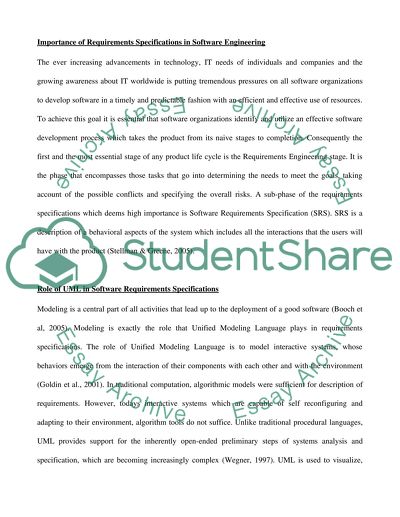Cite this document
(The Role of Unified Modeling Language Case Study, n.d.)
The Role of Unified Modeling Language Case Study. Retrieved from https://studentshare.org/technology/1529648-systems-requirements-engineering
The Role of Unified Modeling Language Case Study. Retrieved from https://studentshare.org/technology/1529648-systems-requirements-engineering
(The Role of Unified Modeling Language Case Study)
The Role of Unified Modeling Language Case Study. https://studentshare.org/technology/1529648-systems-requirements-engineering.
The Role of Unified Modeling Language Case Study. https://studentshare.org/technology/1529648-systems-requirements-engineering.
“The Role of Unified Modeling Language Case Study”, n.d. https://studentshare.org/technology/1529648-systems-requirements-engineering.


